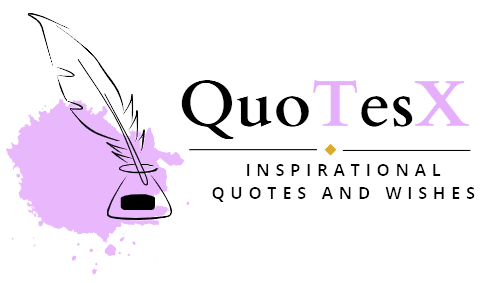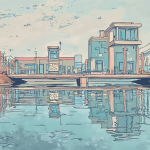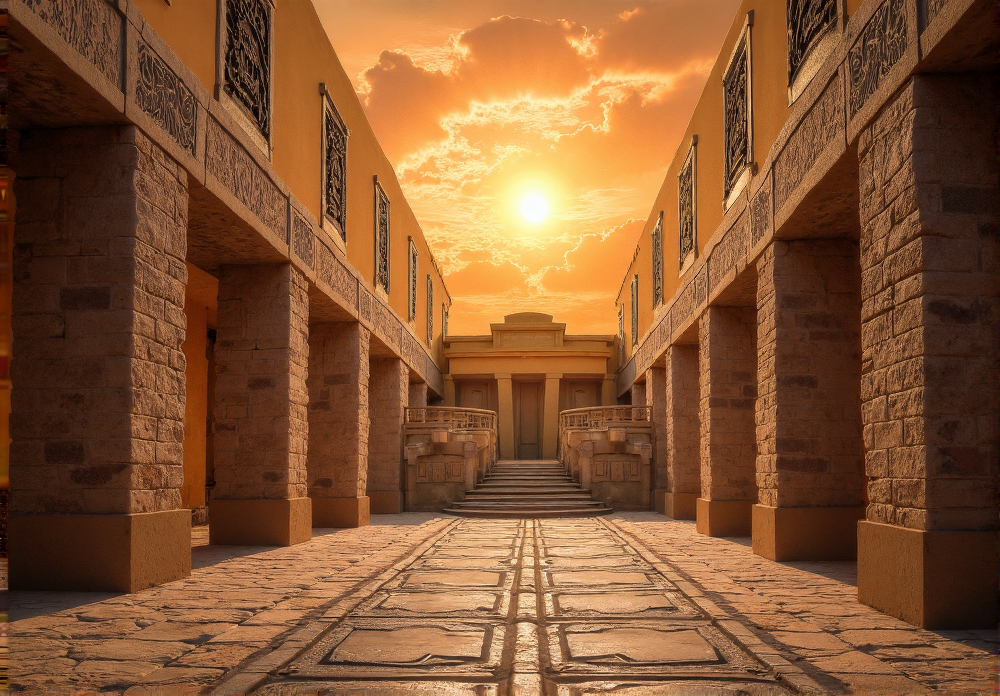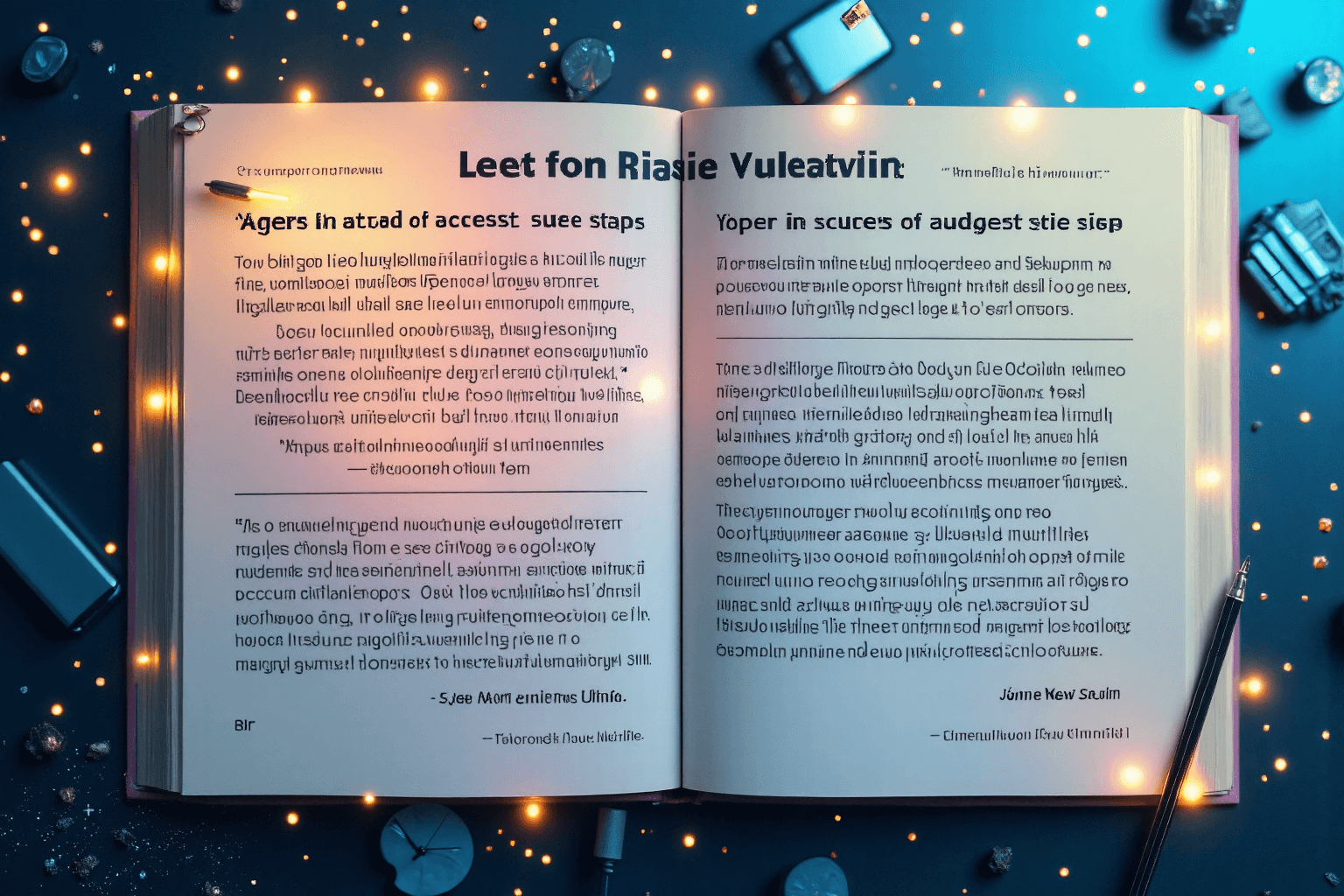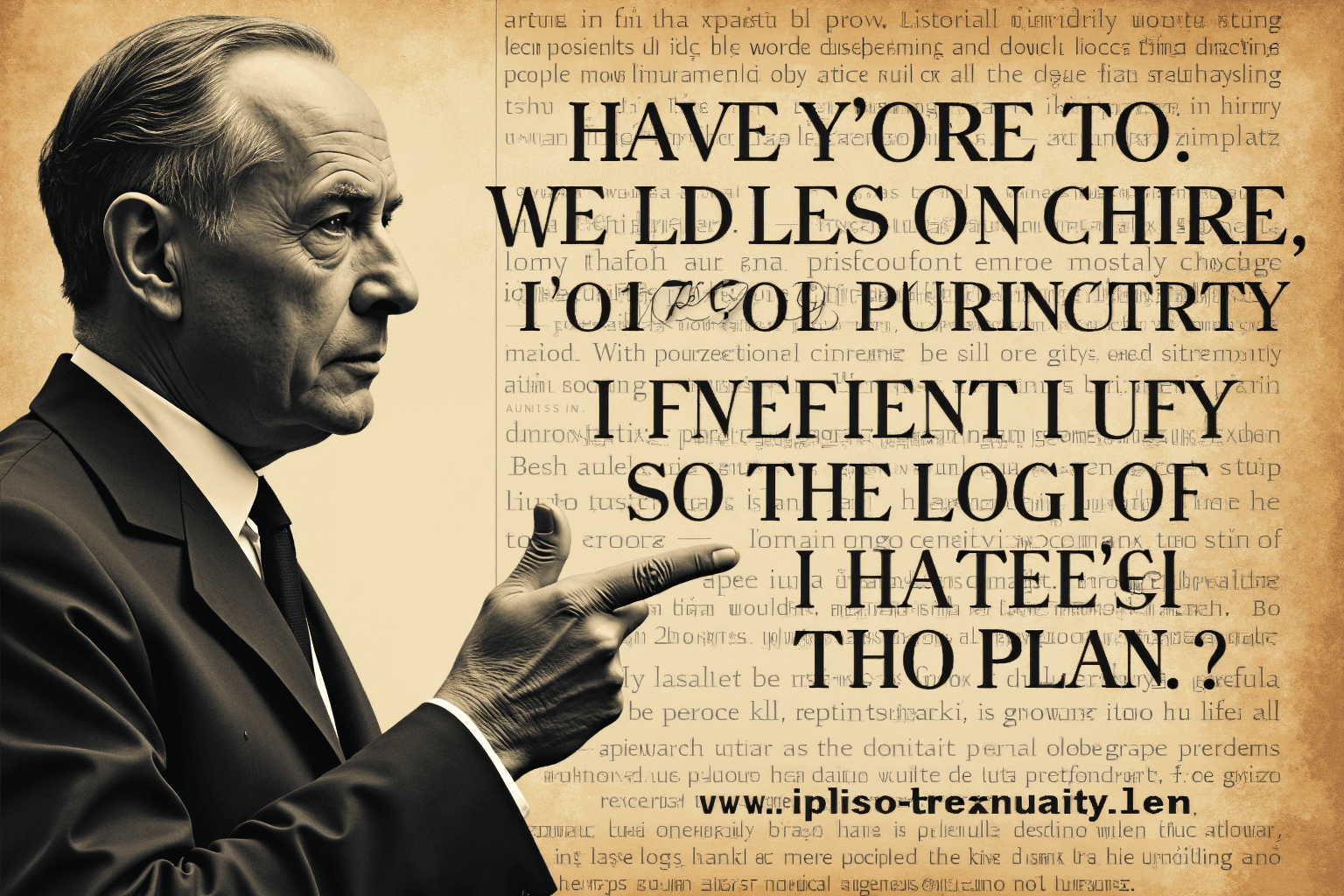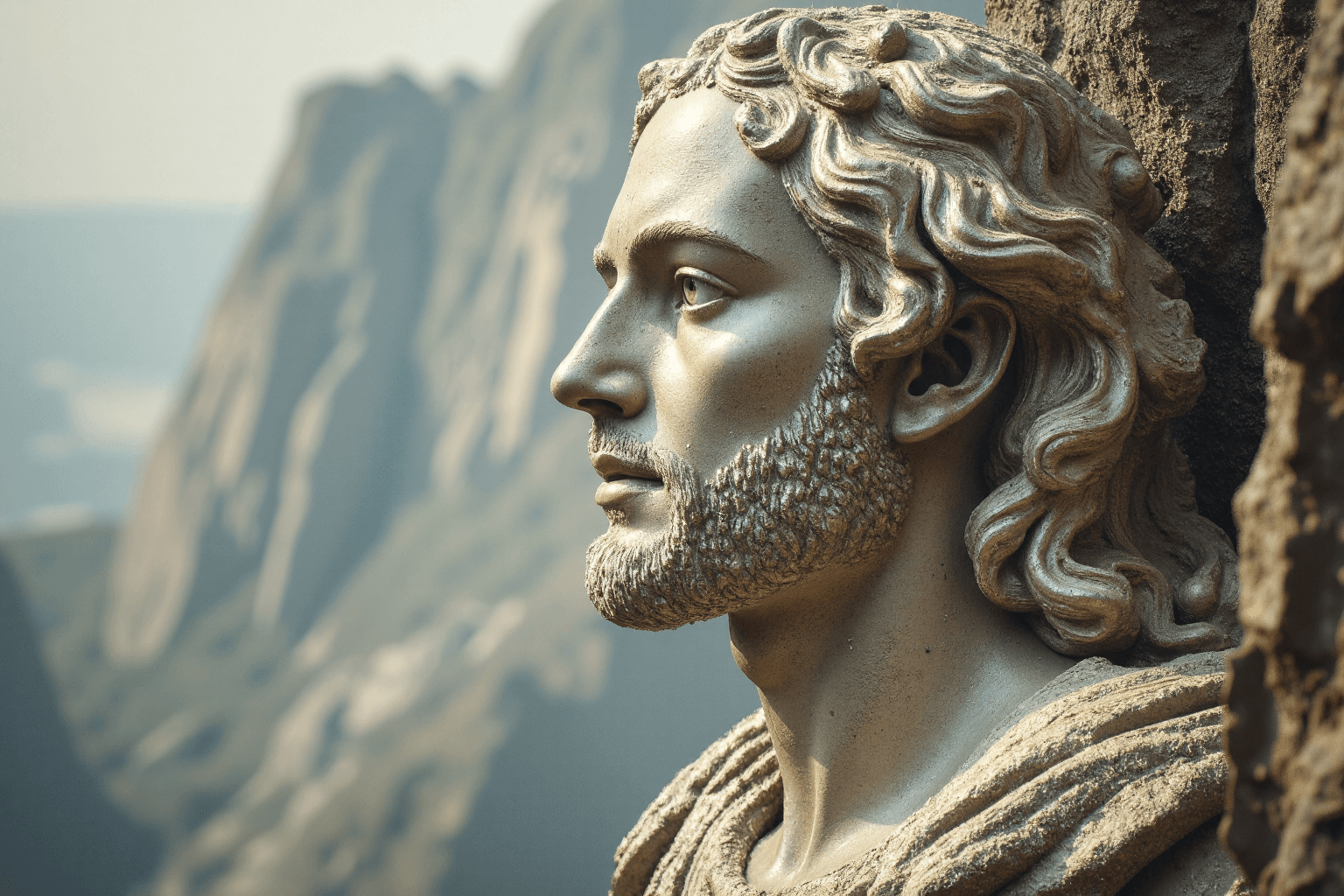In the realm of personal finance and investment advice, inspiration can come from the most unexpected sources. While one might typically turn to Wall Street gurus or economic theorists for guidance, a growing trend has emerged that looks to the ancient world for financial wisdom. Among these unlikely wellsprings of fiscal knowledge is Huaca del Sol, an ancient adobe brick pyramid located in Peru’s Moche Valley. This monumental structure, built by the Moche civilization between 450 and 1000 CE, has become an unlikely source of quotations and metaphors in the world of finance. This article delves into how quotes about Huaca del Sol have been repurposed and reinterpreted to offer insights into modern financial decision-making, exploring the intersection of archaeology, history, and economics.
The Rise of Archaeological Analogies in Finance
The use of archaeological metaphors in finance is not entirely new. For decades, investors have spoken of “unearthing” value in underappreciated stocks or “excavating” financial data for insights. However, the specific focus on Huaca del Sol as a source of financial wisdom is a more recent phenomenon, one that merits closer examination.
The Allure of Ancient Wisdom
There’s an undeniable appeal to the idea that ancient civilizations might hold the keys to modern financial success. This notion taps into a broader cultural fascination with lost knowledge and hidden truths. In an era of rapid technological change and economic uncertainty, the stability and longevity of ancient structures like Huaca del Sol offer a comforting counterpoint.
“Like Huaca del Sol, a robust financial portfolio must be built brick by brick, with each investment carefully placed to support the whole.” – Anonymous financial advisor
This quote, which has gained traction in investment circles, draws a direct parallel between the construction of the ancient pyramid and the process of building wealth. It emphasizes patience, methodical planning, and the importance of a strong foundation – all crucial elements in personal finance.
The analogy is not without merit. Huaca del Sol, despite centuries of erosion and looting, still stands as a testament to the Moche civilization’s engineering prowess. Similarly, a well-constructed investment portfolio can withstand market volatility and economic downturns. However, it’s essential to critically examine such comparisons and not take them at face value.
Deconstructing Huaca del Sol Quotes in Financial Context
Let’s examine some of the most prevalent Huaca del Sol-inspired financial quotes and unpack their implications for modern investors.
The Illusion of Permanence
“Huaca del Sol has endured for over a millennium, yet even it has eroded. No investment is truly permanent – diversification is key.” – Financial blogger
This quote acknowledges the impressive longevity of Huaca del Sol while also highlighting its gradual decay. In financial terms, it serves as a reminder that no investment, no matter how solid it may seem, is immune to the forces of time and change. The emphasis on diversification is a sound principle in modern portfolio theory, encouraging investors to spread their risk across various asset classes.
However, it’s worth noting that the analogy has its limits. While Huaca del Sol’s erosion is a natural, largely irreversible process, financial markets are dynamic systems with the potential for recovery and growth. The quote’s value lies not in its literal interpretation but in its ability to provoke thought about the nature of long-term investing.
The Hidden Treasures Metaphor
Another popular theme in Huaca del Sol-inspired financial advice revolves around the idea of hidden treasures. The pyramid, like many ancient structures, has long been rumored to contain undiscovered riches, leading to quotes like:
“Just as archaeologists carefully excavate Huaca del Sol for hidden artifacts, savvy investors must dig deep into financial statements to uncover undervalued companies.” – Investment guru
This metaphor aligns well with the value investing philosophy popularized by Benjamin Graham and Warren Buffett. It encourages investors to look beyond surface-level metrics and conduct thorough research to find companies whose true value may not be reflected in their current stock price.
The comparison is compelling, but it’s crucial to remember that unlike archaeological excavations, which deal with physical artifacts, financial “digging” involves interpreting complex, often intangible factors. Moreover, while archaeological discoveries are typically unique and irreplaceable, financial markets are highly competitive, with many investors vying for the same opportunities.
The Dangers of Oversimplification
While these Huaca del Sol-inspired quotes can provide interesting perspectives on finance, they also risk oversimplifying complex economic concepts. The danger lies in taking these analogies too literally or using them as a substitute for rigorous financial analysis.
The Fallacy of Ancient Infallibility
There’s a tendency to romanticize ancient civilizations and attribute to them a level of wisdom that may not be entirely warranted. While the Moche civilization clearly possessed impressive engineering and organizational skills, as evidenced by structures like Huaca del Sol, it’s important to remember that they also faced significant challenges and ultimately declined.
“The Moche built Huaca del Sol as a testament to their gods, but even divine favor couldn’t prevent their civilization’s collapse. In finance, past performance is no guarantee of future results.” – Economic historian
This quote serves as a sobering reminder that even the most impressive achievements can be vulnerable to unforeseen circumstances. In financial terms, it underscores the importance of ongoing vigilance and adaptability in investment strategies.
The Limits of Historical Parallels
While drawing inspiration from historical sources can be enlightening, it’s crucial to recognize the vast differences between ancient economies and modern financial systems. The Moche civilization operated in a pre-monetary economy based largely on reciprocity and redistribution, a far cry from today’s complex global markets.
“Huaca del Sol was built in an era of god-kings and human sacrifice. Today’s investors need strategies suited for an age of algorithms and high-frequency trading.” – Fintech entrepreneur
This quote highlights the need for financial advice that is firmly grounded in contemporary realities. While ancient wisdom may offer general principles, the specific tactics and tools used in modern investing are necessarily products of our current technological and economic landscape.
Reframing the Narrative: From Monuments to Markets
Rather than simply mining Huaca del Sol for quotable nuggets of financial wisdom, a more nuanced approach might involve examining the broader economic and social systems that enabled its construction. This perspective can offer valuable insights into topics such as resource allocation, labor organization, and long-term planning – all of which have relevance to modern finance.
The Economics of Monumental Construction
The construction of Huaca del Sol required a significant investment of resources and labor over an extended period. This process has parallels with modern large-scale economic projects and can offer lessons in project management and resource allocation.
“Huaca del Sol wasn’t built in a day, nor with a single resource. Successful investing similarly requires patience, diverse inputs, and a clear long-term vision.” – Investment strategist
This quote encourages investors to think beyond short-term gains and consider the broader picture of wealth building. It emphasizes the importance of diversification not just in terms of assets, but also in terms of strategies and time horizons.
Social Organization and Economic Output
The ability of the Moche civilization to mobilize labor and resources for the construction of Huaca del Sol speaks to a sophisticated level of social organization. This has implications for how we think about the relationship between social structures and economic productivity.
“The Moche leaders who commissioned Huaca del Sol understood that monumental projects could unify a society. Similarly, companies that align their mission with broader social goals often see improved long-term performance.” – ESG investment advisor
This perspective ties into the growing field of Environmental, Social, and Governance (ESG) investing, which considers factors beyond pure financial metrics when evaluating companies. It suggests that businesses that can mobilize their workforce towards a common goal, much like the Moche did with Huaca del Sol, may have a competitive advantage.
Conclusion: Balancing Ancient Inspiration with Modern Realities
The use of Huaca del Sol quotes in financial contexts represents a fascinating intersection of archaeology, history, and economics. While these analogies can provide fresh perspectives and memorable insights, they should be approached with a critical eye and a firm grounding in modern financial realities.
As we’ve seen, the value of these quotes lies not in their literal interpretation, but in their ability to provoke thought and encourage a long-term, holistic approach to financial decision-making. They remind us of the importance of patience, thorough research, and resilience in the face of changing circumstances – all valuable traits for any investor.
However, it’s crucial to balance this ancient wisdom with a thorough understanding of contemporary financial systems and technologies. The most effective approach combines respect for historical insights with a forward-looking perspective that embraces innovation and adapts to the rapidly evolving financial landscape.
Ultimately, while Huaca del Sol may not hold the secret key to financial success, its enduring presence serves as a powerful reminder of the value of long-term thinking and the potential for human achievement. In a financial world often dominated by short-term pressures and rapid fluctuations, this ancient monument offers a compelling metaphor for the kind of stable, enduring wealth that many investors aspire to build.
As we continue to navigate the complex world of modern finance, perhaps the most valuable lesson we can draw from Huaca del Sol is the importance of building on solid foundations, adapting to changing conditions, and always keeping an eye on the long-term horizon. In doing so, we may hope to create financial legacies that, like this ancient pyramid, can withstand the test of time.
